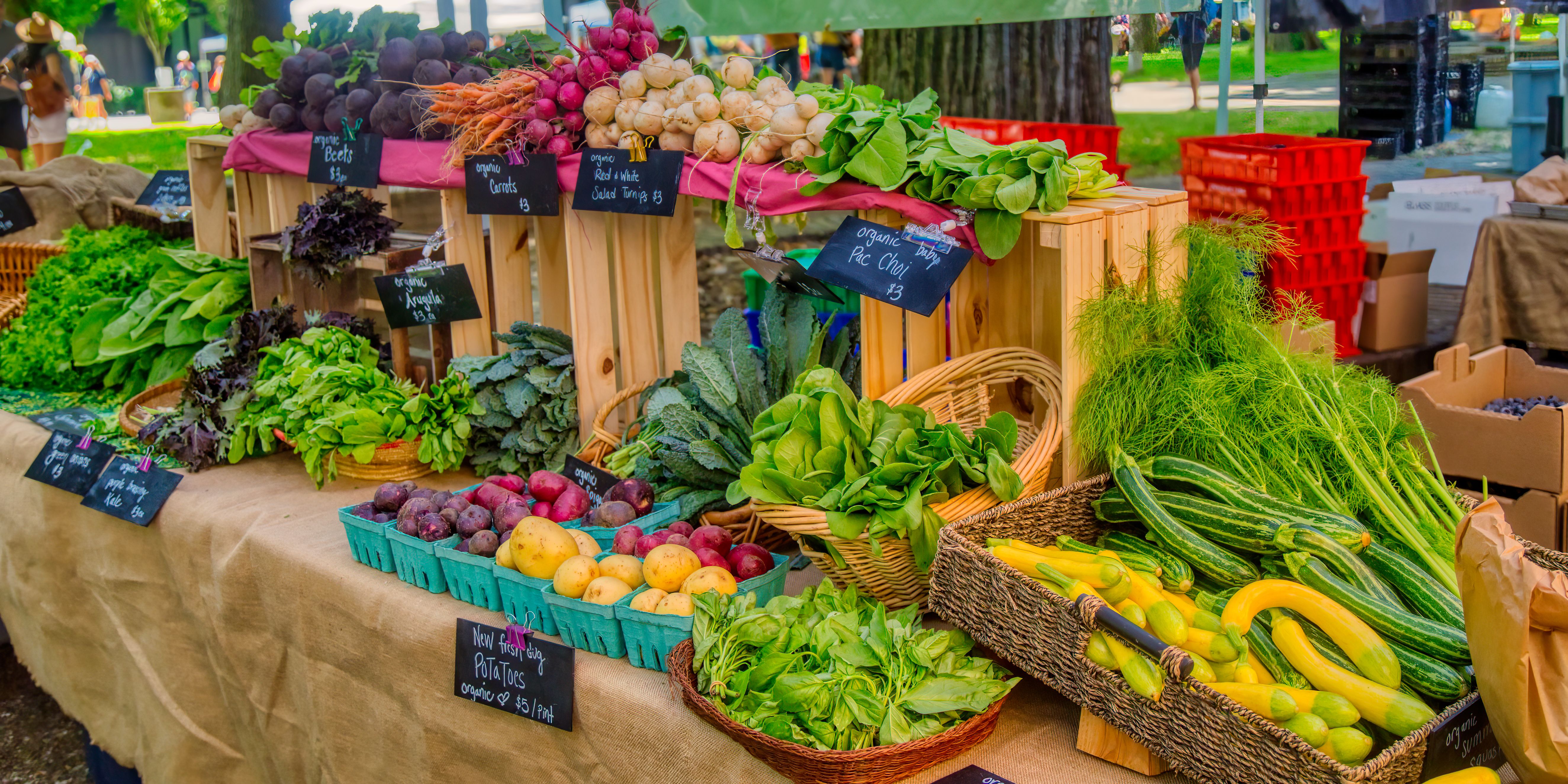The Rise of Craft Food Producers: A Taste of Authenticity
The Craft Food Movement: A Return to Roots
In recent years, the food industry has witnessed a remarkable shift towards authenticity and quality, driven by the rise of craft food producers. These artisans are redefining the culinary landscape, focusing on small-batch production and traditional methods that emphasize flavor, sustainability, and a personal connection to the food we eat.
Craft food producers prioritize quality over quantity, often using locally sourced ingredients to create products that are not only delicious but also environmentally friendly. This commitment to sustainable practices is resonating with consumers who are more conscious of their carbon footprint and eager to support local economies.

The Ingredients of Success
The success of craft food producers can be attributed to several factors. Firstly, there is a growing demand for transparency in the food industry. Consumers want to know where their food comes from and how it's made. Craft producers offer this transparency, often sharing the story behind each product and the passion that goes into its creation.
Moreover, craft foods often cater to niche markets, offering unique flavors and products that mass-produced goods cannot replicate. Whether it's a small-batch hot sauce or an artisanal cheese, these products provide a taste experience that stands out in a crowded market.

Preserving Tradition and Innovation
While craft food producers are rooted in tradition, they are also at the forefront of innovation. They are constantly experimenting with new flavors, techniques, and ingredients to create products that surprise and delight their customers. This blend of tradition and innovation is what sets them apart from conventional food manufacturers.
For example, many craft producers are embracing fermentation, a time-honored preservation method, to create complex and intriguing flavors. Others are exploring plant-based alternatives and gluten-free options to meet the demands of health-conscious consumers.

Community Connection and Beyond
Craft food producers often serve as community hubs, bringing people together through farmers' markets, food festivals, and tasting events. These gatherings not only help promote their products but also foster a sense of community and shared appreciation for good food.
Beyond local communities, craft food producers are making their mark on the global stage. The rise of e-commerce has enabled them to reach a wider audience, allowing people from around the world to enjoy their unique offerings. This global reach has further fueled the demand for authentic, high-quality products.

Challenges and Opportunities
Despite their success, craft food producers face challenges such as scaling their operations while maintaining quality and navigating complex regulatory environments. However, these challenges also present opportunities for growth and collaboration with other like-minded producers.
Collaborations can lead to creative partnerships, such as co-branded products or shared resources, which help small producers compete with larger companies. Additionally, as consumer awareness of sustainability and ethical practices continues to grow, there is an increasing market for craft foods that align with these values.
The Future of Craft Foods
The future looks bright for craft food producers as they continue to captivate consumers with their commitment to authenticity and quality. As more people embrace the slow food movement and seek out unique culinary experiences, the demand for craft foods is set to rise.
By preserving traditional methods while embracing innovation, craft food producers are not only feeding our appetites but also enriching our communities and supporting a more sustainable future.

